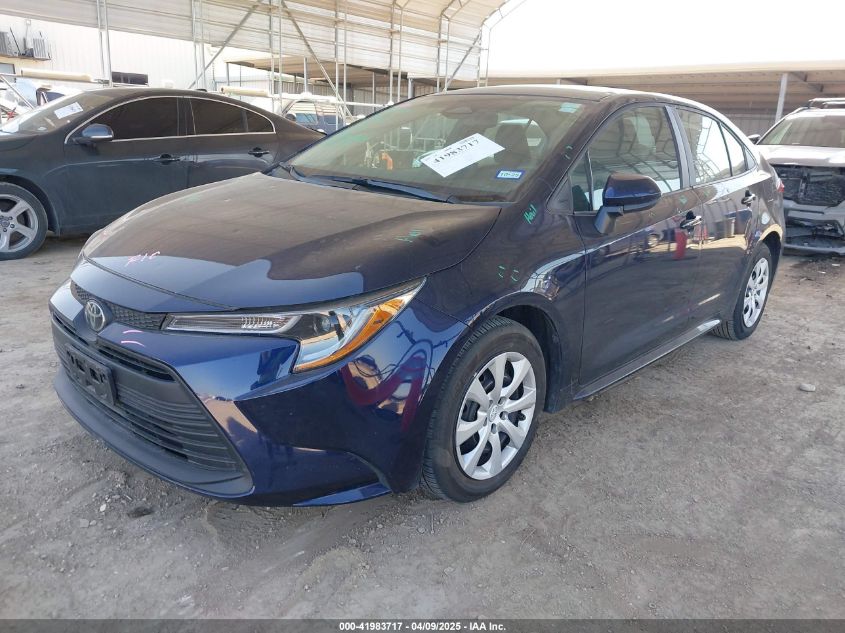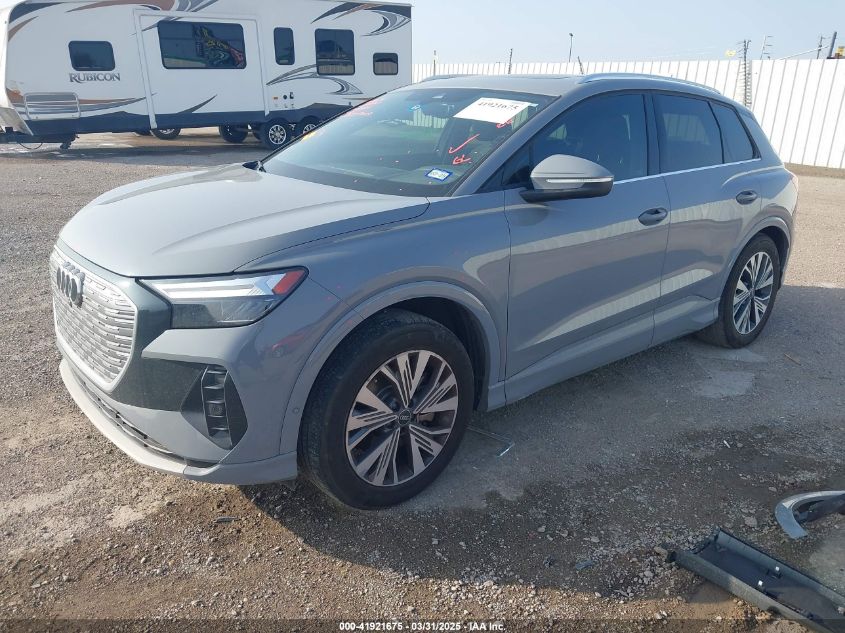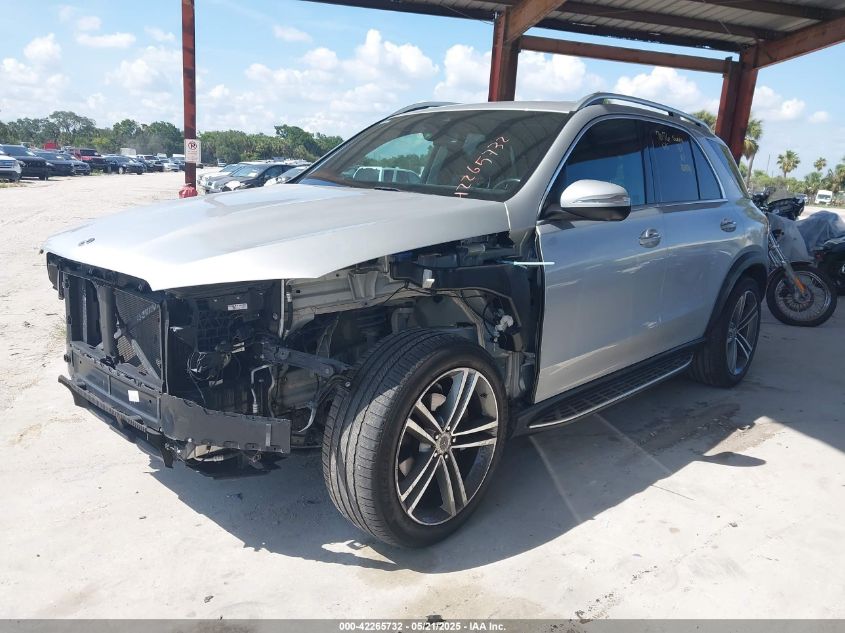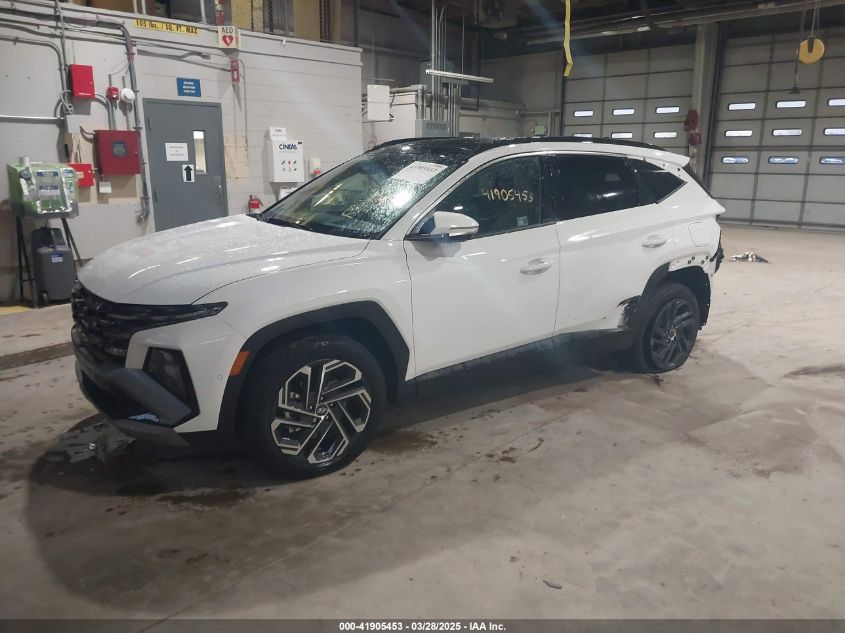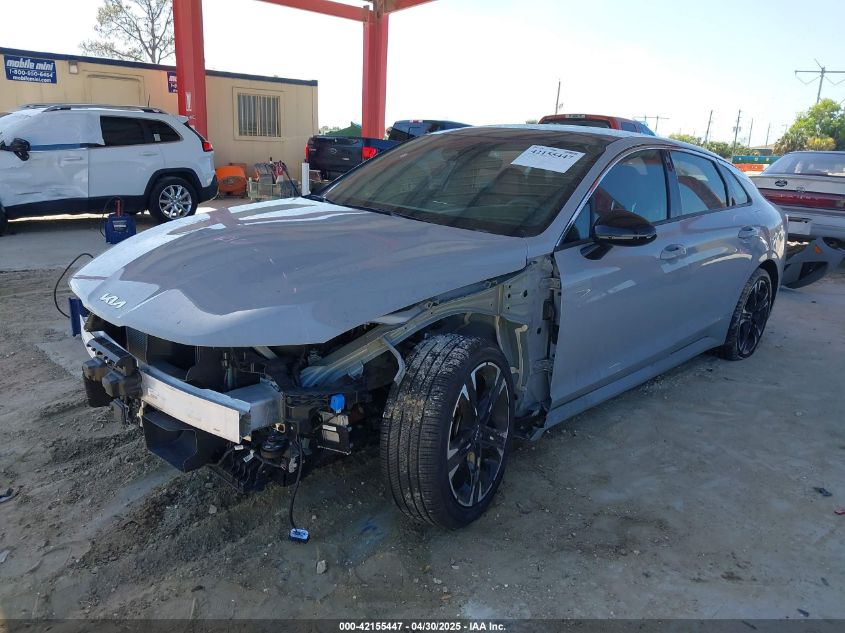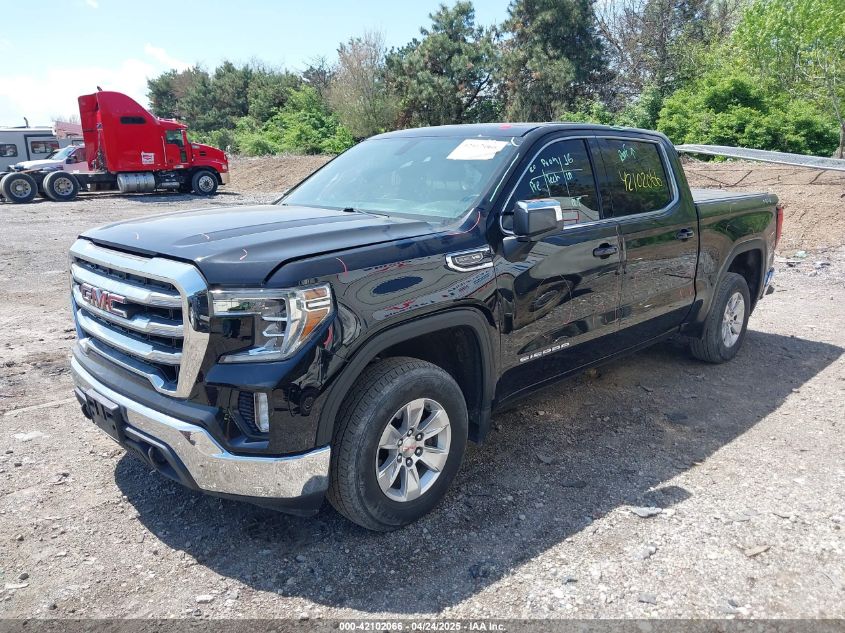2017 BMW 340I | WBA8B7C55HK858171
Specifications
9
~$60,000
Engine: 3.0L turbocharged inline-6
Torque: 450 Nm
0–100 km/h: ~4.9 s
The 340i, introduced in the latter part of the F30 lifecycle, brought back a straight-six engine worthy of the 3 Series badge. With the B58 3.0-liter turbo engine producing 326 hp and 450 Nm of torque, the car accelerated from 0 to 100 km/h in under five seconds when equipped with xDrive and the 8-speed automatic. Throttle response was sharp, midrange power was immense, and the engine note—more refined than raw—retained that unmistakable BMW inline-six character.
The handling balance was exceptional, especially in rear-wheel-drive form. Even with xDrive, the chassis remained playful and adjustable under load, aided by a near 50:50 weight distribution and low center of gravity. Adaptive M suspension provided a wide dynamic range, from everyday compliance to confident firmness in Dynamic mode. The variable sport steering, though somewhat isolated in feel, added responsiveness, and the car could be cornered with speed and subtlety, as expected from a true sports sedan.
The 340i wasn't about theatrics. It represented peak non-M 3 Series refinement—faster than ever before, but still usable, sophisticated, and precise. It delivered pace, polish, and prestige in a package that appealed equally to enthusiasts and executive commuters.
Body Styles
The F30 generation was offered in three main body styles: the classic four-door Sedan (F30), the versatile five-door Touring (F31), and the swooping five-door Gran Turismo (F34). The Sedan preserved the 3 Series' iconic silhouette with a long hood, short overhangs, and tight rear proportions, emphasizing balance and motion even at standstill. The Touring shared identical dimensions forward of the B-pillar but added a longer roofline, vertical tailgate, and roof rails for increased utility. The Gran Turismo stood taller, with a longer wheelbase and hatchback-style rear end, prioritizing rear legroom and cargo flexibility—at the cost of some visual athleticism. Across all variants, M Sport trims added aggressive bumpers, lowered ride height, and Shadowline gloss black details for a more assertive look.
Model Name Meaning (Manufacturer)
The name "3 Series" anchors the model in the heart of BMW's lineup as the third-tier vehicle by size and price. Since its debut in 1975, the 3 Series has symbolized the brand’s commitment to driving pleasure, serving as a benchmark for compact executive sedans and wagons. Its naming convention has evolved, but the “340i” label signified both displacement range and prestige hierarchy.
Body & Interior Colors and Rims
Exterior finishes for the F30 3 Series ranged from understated tones like Alpine White, Mineral Grey, and Jet Black to more expressive options like Estoril Blue (exclusive to M Sport), Melbourne Red, and Tanzanite Blue from the Individual catalogue. Metallic paints shimmered with fine flake under sunlight, while Frozen finishes offered matte sophistication in rare cases. The Shadowline package replaced chrome trim with gloss black accents, especially effective in contrasting lighter body colors.
Interior colorways blended sport and luxury. Base trims came with Sensatec in Black or Beige, while higher variants offered Dakota leather in Oyster, Saddle Brown, Venetian Beige, and Coral Red. Stitching varied from contrast gray to subtle piping, and dashboard materials included brushed aluminum, fine wood trims, and piano black lacquer. M Sport interiors brought hexagonal aluminum or dark carbon accents, thicker steering wheels, and anthracite headliners. Ergonomics remained driver-focused, with a central iDrive controller, low seating position, and clear analog gauges later complemented by digital elements.
Wheel offerings ranged from 17 to 19 inches. Standard wheels featured conservative V-spoke or multi-spoke designs, while M Sport packages introduced lightweight double-spoke alloys in Ferric Grey or two-tone finishes. Optional 19-inch styles, especially on the 340i, filled the arches precisely and often included staggered width setups with performance tires. Blue M Sport brake calipers behind these wheels added a technical aesthetic.
Top Expensive Options
- Adaptive M Suspension with Variable Dampers: $1,200
- Head-Up Display with Speed & Nav Projection: $1,100
- Harman Kardon Surround Sound with 16 Speakers: $900
- Driving Assistant Plus (ACC, Lane Keep, Blind Spot): $2,000
- Adaptive LED Headlights with Auto High Beam: $1,500
- M Sport Package with Aerodynamics and Shadowline: $3,000
- 19-Inch M Double-Spoke Alloy Wheels: $1,400
- Navigation Professional with Touch iDrive Controller: $2,150
- Full Dakota Leather with Contrast Stitching: $1,600
- BMW Individual Interior Trim & Paintwork: $3,200
vs Competitors
The F30 3 Series stood as the dynamic reference in the compact executive segment. Against the Audi A4, it offered a more engaging chassis and superior inline-six performance, though the Audi countered with interior minimalism and quattro grip. Compared to the Mercedes-Benz C-Class, the 3 Series traded cabin opulence for sharper dynamics and greater driver connection. The Jaguar XE came closest in steering feedback and rear-drive handling, but lagged in infotainment and global service presence. What truly set the BMW apart was its platform flexibility—manual or automatic, RWD or xDrive, Touring or GT—all executed with mechanical cohesion and clear performance intent. It remained the driver’s choice in a segment increasingly defined by software over steering.
Fun Fact
The F30 was the first 3 Series to fully abandon naturally aspirated engines, marking a complete transition to turbocharging across the lineup. It also introduced the B58 engine in the 340i, which later powered everything from Toyota’s GR Supra to the BMW Z4 and 5 Series—making it one of the most celebrated straight-sixes of the decade.
Lot Details
-
Sale Date09/Jun/2025
-
Lot Number42230675
-
Sale document
-
Location
-
Odometer72,029 miles (115,919 km)
-
Primary Damage:RIGHT SIDE
-
Secondary DamageRIGHT REAR
-
Seller
-
Fuel
-
Engine Type3.0L I-6 DI, DOHC, VVT, turbo, 320HP
-
Transmission
-
Drive Type
Final Bid BMW 3 Series (2017)
$11,000
$13,983
$16,150
Specifications
9
~$60,000
Torque:
0–100 km/h:
The 340i, introduced in the latter part of the F30 lifecycle, brought back a straight-six engine worthy of the 3 Series badge. With the B58 3.0-liter turbo engine producing 326 hp and 450 Nm of torque, the car accelerated from 0 to 100 km/h in under five seconds when equipped with xDrive and the 8-speed automatic. Throttle response was sharp, midrange power was immense, and the engine note—more refined than raw—retained that unmistakable BMW inline-six character.
The handling balance was exceptional, especially in rear-wheel-drive form. Even with xDrive, the chassis remained playful and adjustable under load, aided by a near 50:50 weight distribution and low center of gravity. Adaptive M suspension provided a wide dynamic range, from everyday compliance to confident firmness in Dynamic mode. The variable sport steering, though somewhat isolated in feel, added responsiveness, and the car could be cornered with speed and subtlety, as expected from a true sports sedan.
The 340i wasn't about theatrics. It represented peak non-M 3 Series refinement—faster than ever before, but still usable, sophisticated, and precise. It delivered pace, polish, and prestige in a package that appealed equally to enthusiasts and executive commuters.
Body Styles
The F30 generation was offered in three main body styles: the classic four-door Sedan (F30), the versatile five-door Touring (F31), and the swooping five-door Gran Turismo (F34). The Sedan preserved the 3 Series' iconic silhouette with a long hood, short overhangs, and tight rear proportions, emphasizing balance and motion even at standstill. The Touring shared identical dimensions forward of the B-pillar but added a longer roofline, vertical tailgate, and roof rails for increased utility. The Gran Turismo stood taller, with a longer wheelbase and hatchback-style rear end, prioritizing rear legroom and cargo flexibility—at the cost of some visual athleticism. Across all variants, M Sport trims added aggressive bumpers, lowered ride height, and Shadowline gloss black details for a more assertive look.
Model Name Meaning (Manufacturer)
The name "3 Series" anchors the model in the heart of BMW's lineup as the third-tier vehicle by size and price. Since its debut in 1975, the 3 Series has symbolized the brand’s commitment to driving pleasure, serving as a benchmark for compact executive sedans and wagons. Its naming convention has evolved, but the “340i” label signified both displacement range and prestige hierarchy.
Body & Interior Colors and Rims
Exterior finishes for the F30 3 Series ranged from understated tones like Alpine White, Mineral Grey, and Jet Black to more expressive options like Estoril Blue (exclusive to M Sport), Melbourne Red, and Tanzanite Blue from the Individual catalogue. Metallic paints shimmered with fine flake under sunlight, while Frozen finishes offered matte sophistication in rare cases. The Shadowline package replaced chrome trim with gloss black accents, especially effective in contrasting lighter body colors.
Interior colorways blended sport and luxury. Base trims came with Sensatec in Black or Beige, while higher variants offered Dakota leather in Oyster, Saddle Brown, Venetian Beige, and Coral Red. Stitching varied from contrast gray to subtle piping, and dashboard materials included brushed aluminum, fine wood trims, and piano black lacquer. M Sport interiors brought hexagonal aluminum or dark carbon accents, thicker steering wheels, and anthracite headliners. Ergonomics remained driver-focused, with a central iDrive controller, low seating position, and clear analog gauges later complemented by digital elements.
Wheel offerings ranged from 17 to 19 inches. Standard wheels featured conservative V-spoke or multi-spoke designs, while M Sport packages introduced lightweight double-spoke alloys in Ferric Grey or two-tone finishes. Optional 19-inch styles, especially on the 340i, filled the arches precisely and often included staggered width setups with performance tires. Blue M Sport brake calipers behind these wheels added a technical aesthetic.
Top Expensive Options
- Adaptive M Suspension with Variable Dampers: $1,200
- Head-Up Display with Speed & Nav Projection: $1,100
- Harman Kardon Surround Sound with 16 Speakers: $900
- Driving Assistant Plus (ACC, Lane Keep, Blind Spot): $2,000
- Adaptive LED Headlights with Auto High Beam: $1,500
- M Sport Package with Aerodynamics and Shadowline: $3,000
- 19-Inch M Double-Spoke Alloy Wheels: $1,400
- Navigation Professional with Touch iDrive Controller: $2,150
- Full Dakota Leather with Contrast Stitching: $1,600
- BMW Individual Interior Trim & Paintwork: $3,200
vs Competitors
The F30 3 Series stood as the dynamic reference in the compact executive segment. Against the Audi A4, it offered a more engaging chassis and superior inline-six performance, though the Audi countered with interior minimalism and quattro grip. Compared to the Mercedes-Benz C-Class, the 3 Series traded cabin opulence for sharper dynamics and greater driver connection. The Jaguar XE came closest in steering feedback and rear-drive handling, but lagged in infotainment and global service presence. What truly set the BMW apart was its platform flexibility—manual or automatic, RWD or xDrive, Touring or GT—all executed with mechanical cohesion and clear performance intent. It remained the driver’s choice in a segment increasingly defined by software over steering.
Fun Fact
The F30 was the first 3 Series to fully abandon naturally aspirated engines, marking a complete transition to turbocharging across the lineup. It also introduced the B58 engine in the 340i, which later powered everything from Toyota’s GR Supra to the BMW Z4 and 5 Series—making it one of the most celebrated straight-sixes of the decade.

